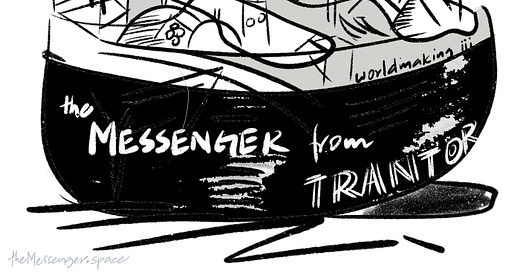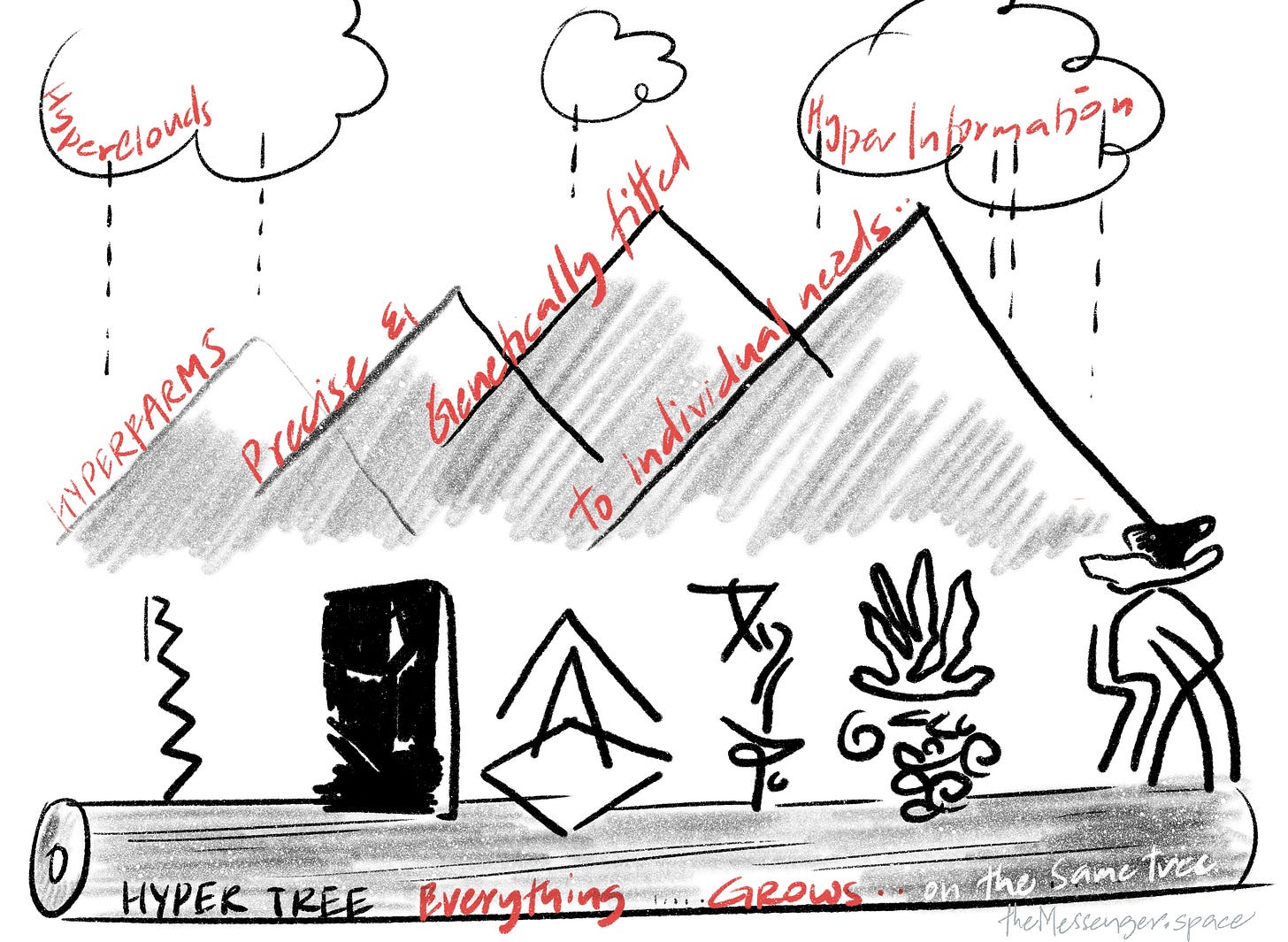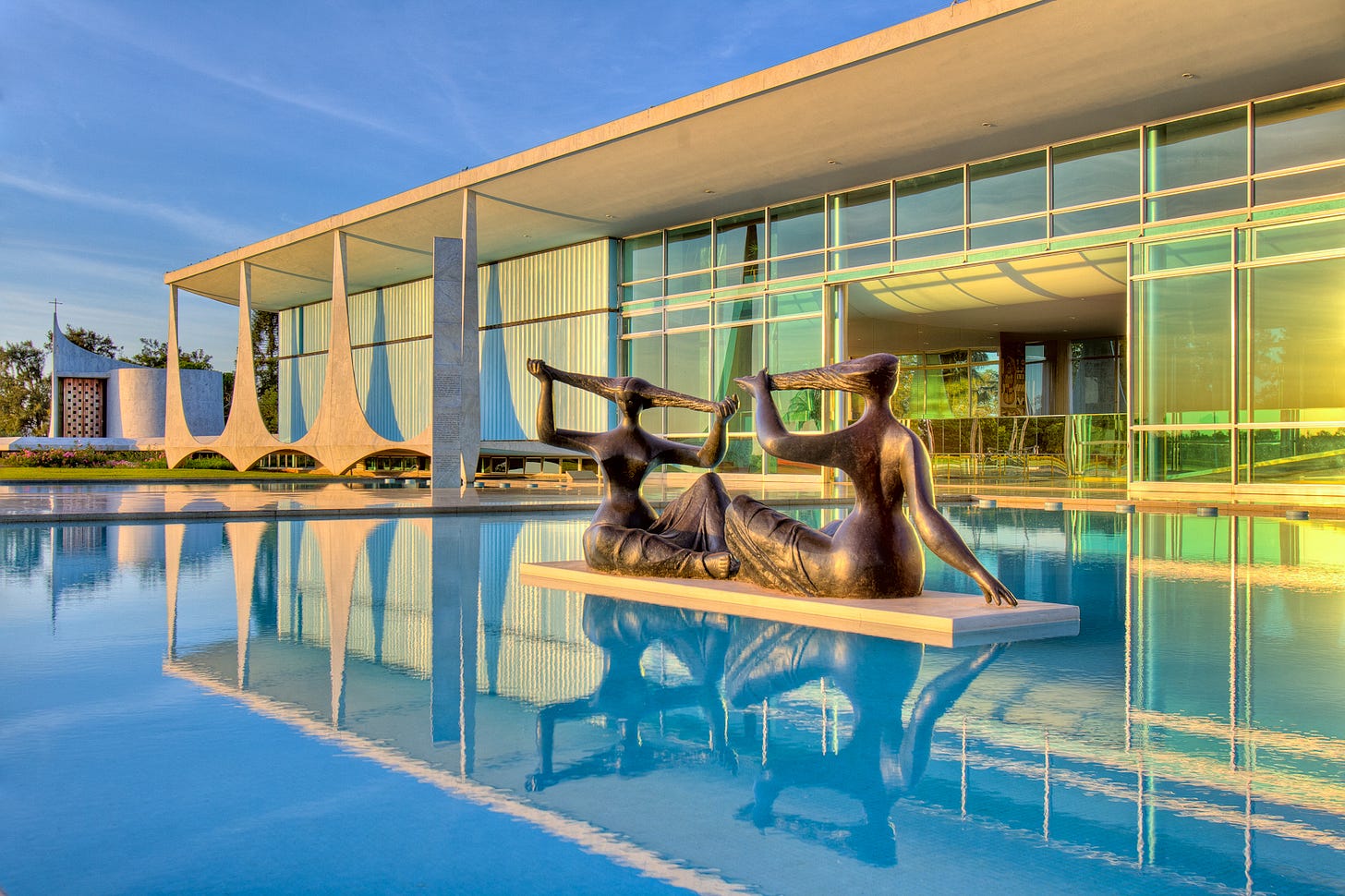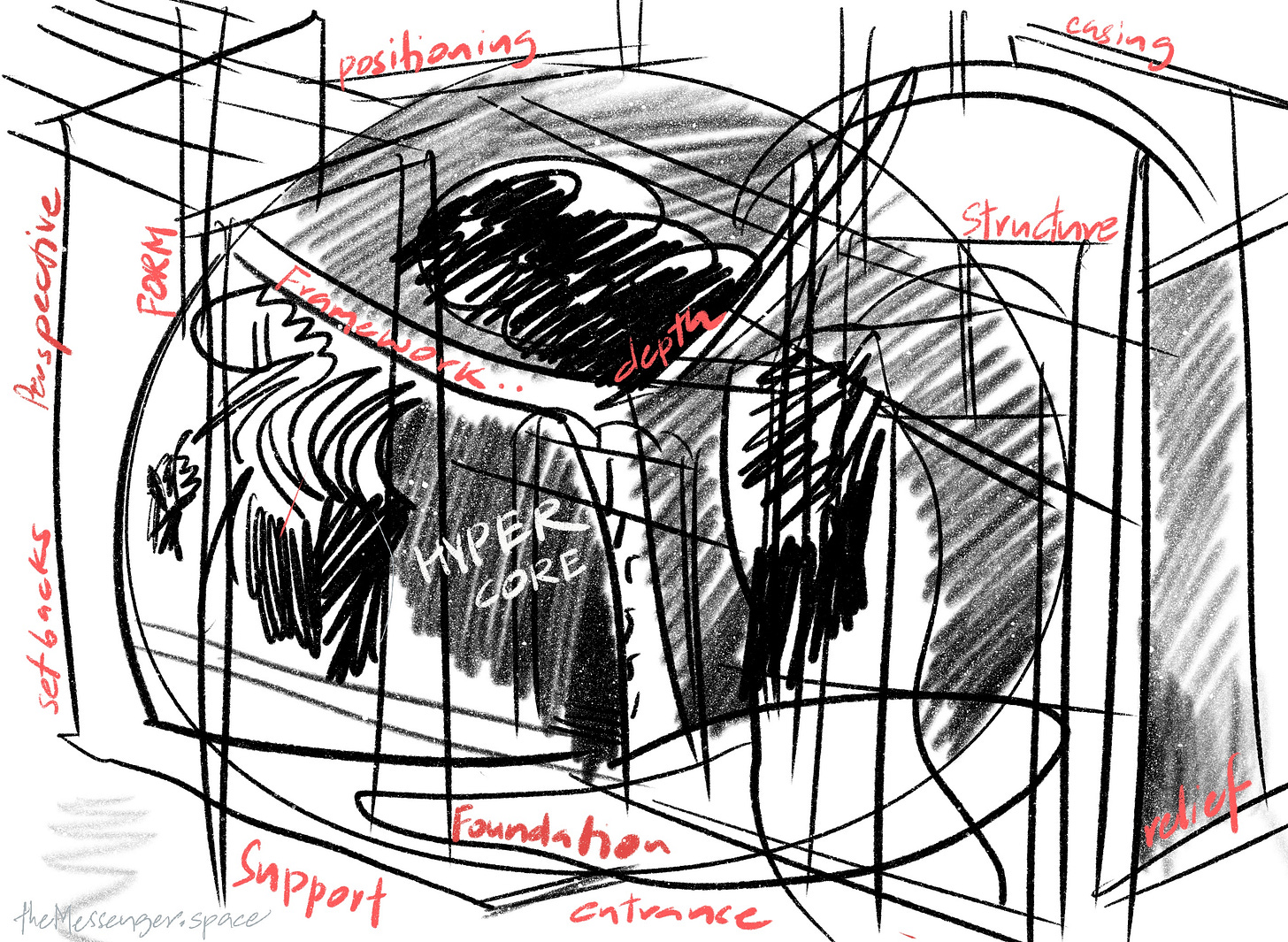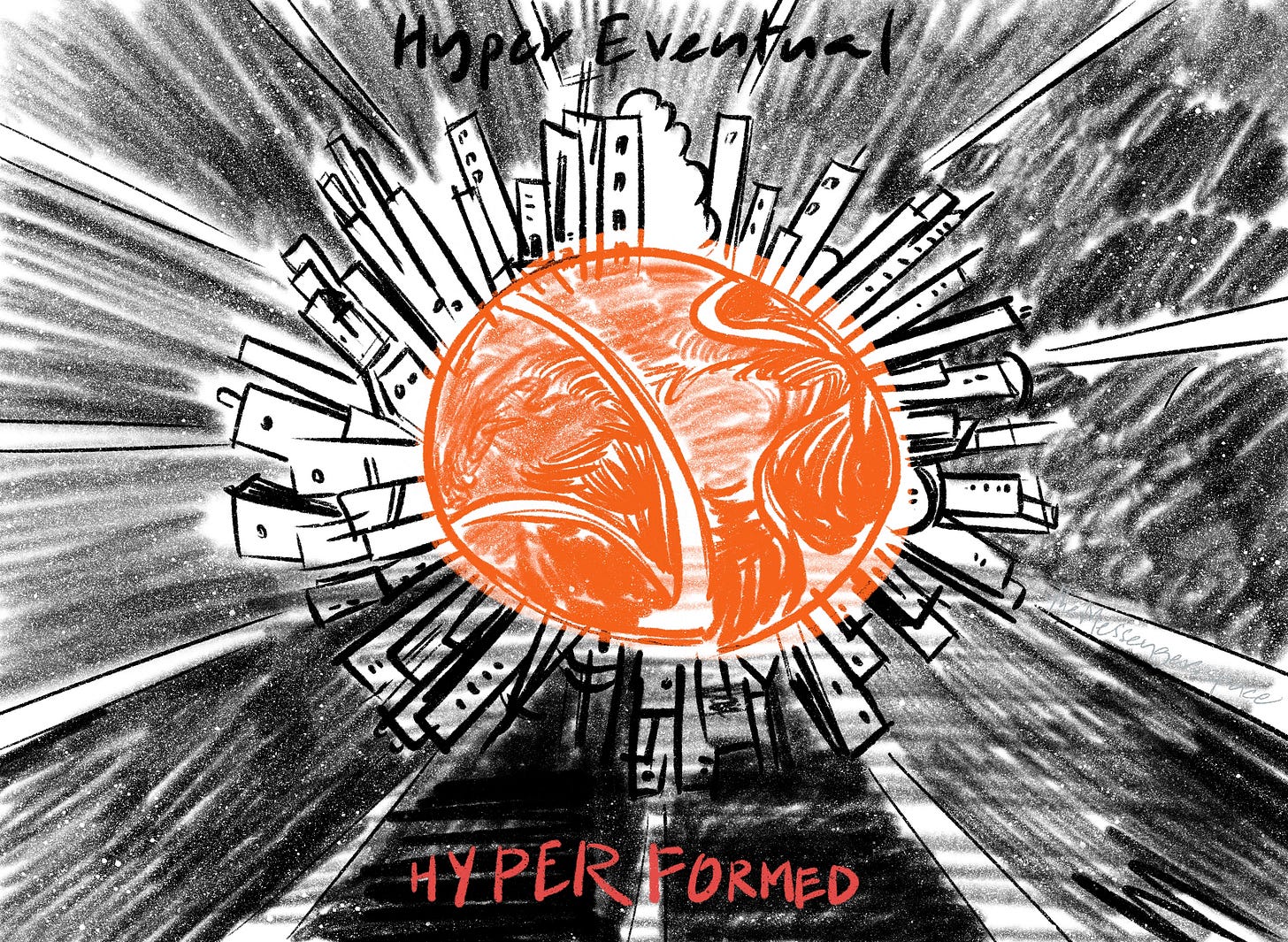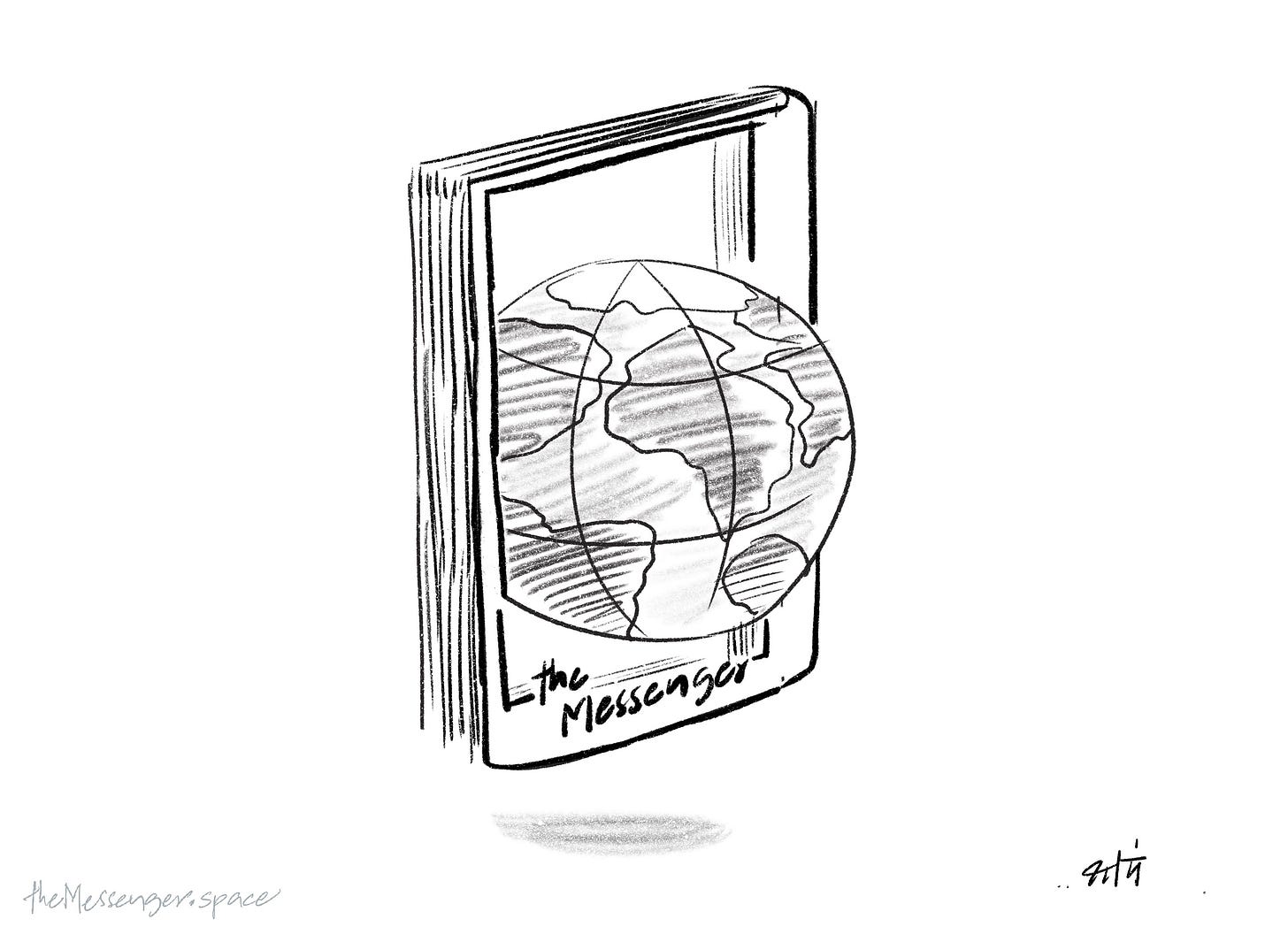The Planetary City
Early in Isaac Asimov’s Foundation trilogy, the country boy Gaal Dornick travels from his home planet to the imperial capital Trantor1. Asimov describes the planetary city in admiring prose:
Some might experience 75,000,000 square miles of metal and concrete as a waking nightmare. You might be one of them. You want a happy rural life. Or retire to a forest. We have news for you:
You live on Trantor
It wasn’t too long ago (2007) that humanity became a majority urban species, and India is still (arguably) a majority rural nation, but demography isn’t the right measure of the city’s influence. Fleets of ten-thousands bring food from villages and oceans to the hungry urban billions. We might as well call the anthropocene the ‘urbanocene,’ for the tentacles of the city extend everywhere, from the deepest jungle to the upper reaches of the atmosphere. A realization that prompts a metaphysical question:
What is a city?
Is it the buildings? The people? The roads and the streetlights? Is it still the same city when everything changes: when cars replace horses and steel replaces mud and brick?
What we call development is a euphemism for developerment, for land use, real estate transactions and construction are a big part of the ‘future.’ Every era has rulers who want to leave their stamp on the city, or erect one where there was none. The latter is particularly attractive to those who want to impose modernity on what they consider to be a backward society. Chandigarh and Brazilia for example:
In the city, the map is much more than a record of the place; it’s often a statement of ambition, imagination and power. And the imaginations of the powerful from the 1960s already appear brutal instead of the beacons of progress they were meant to be. Like Ozymandias, the rulers of the 20th centuty have come and gone, but the city goes on expanding, diffusing slowly from its imperial core; its pipelines and supply chains extend into the ocean and into the sky.
What comes to your mind when you hear the phrase ‘planetary city’? Does it remind you of vast tracts of land covered by skyscrapers and landfills? While we worry about cyborgs taking over our societies, the most widespread manifestation of mechanical civilization is the city. The city, of course, is not just the city, but also huge infrastructural networks that cities use to extract, communicate and transport matter and information. Everything from oil tankers to fiber optic cables are manifestations of the planetary city.
So let’s ask the question once again:
What’s a city?
Hypercities
Hyperobjects give us a clue. ‘Hyperobject’ is a term made popular by celebrity philosopher Timothy Morton (he’s Bjork’s favorite thinker). What’s a hyperobject?
Is a city a hyperobject?
Likely not in Morton’s reckoning: cities are ‘local’ in any reasonable understanding of local and cities change and transform during an individual person’s life. At the same time, cities have many of the properties that the Everglades have: Mumbai or New York are too complex to be known at a glance or even known after sustained investigation. Ignorance is a feature, not a bug: we don’t know our neighbors and don’t desire to know them. Isn’t that the foundation of urban living?
The city might not be a full-fledged hyperobject, but it’s a hyperito, a junior hyperobject. Or it was until now. One way to understand the meaning of terms like ‘smart city’ is the desire of AI + physical control to turn the city into a fully knowable object with its experiences commoditized to the point where there’s no difference between going out for a coffee or a drink with friends and buying soap at the supermarket.
Is that desirable?
In the near future (if not already) someone will want to build the connected city of the future, Chandigarh 2.0, using data and decentralized energy and cryptocurrency to withstand the shocks around the horizon. It will be marketed as climate change proof, sustainable and smart. And with the metaverse, perhaps Chandigarh 2.0 will be marketed as a distributed and networked city, an urban octopus with a tentacle in every continent and its head in the virtual cloud.
If cities are interchangeable commodities surrounding airport terminals, we can treat them as undifferentiated blobs that consume energy, produce money and emit carbon. Or worse, we can aggregate cities across the world into a uniform grid called the ‘planetary city’ and absorb that planetary city into abstract global features such as trade agreements and emission targets.
But the world is ultimately open, not closed and as COVID tells us, even the most predictable and controlled spaces (like the grid-like American suburb) are susceptible to disruption. We are much better off seeking order through ‘patterns’ (in the sense Christopher Alexander uses that term) than through pervasive control.
Cities can’t be tamed, even when they aren’t hyperobjects.
Does nature change in a Hypercity?
If hypercities like Trantor are our eventual future, it might be worth thinking about if at our core what we consider of value might change with it too?
What are these core values and are there values as such that remain unchanged be it past or the future?
Can we create hypercities that respect these fundamental principles?
We will leave you with these questions, while we mull about it for our next week issue.
It’s a galactic epic, so the ‘country’ is a planet on the galactic periphery and the ‘city’ is the central planet Trantor.

